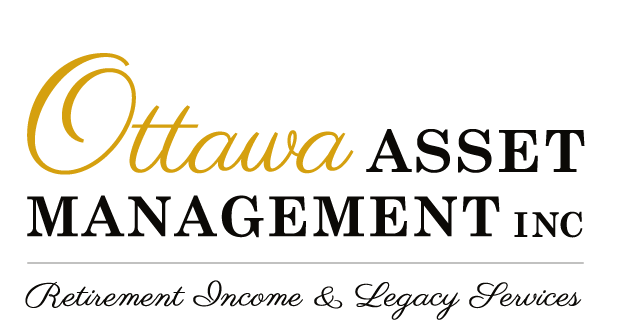WHOLE Life Insurance
Call 613-748-7770 OR book your appointment below!

Whole Life Insurance is a good option if you want to:
1. Protect your family and legacy with permanent (i.e. lifelong) insurance
2. Have access to the cash value while you are alive
3. Guarantee premium costs and cash value amounts
4. Invest non-registered funds in a tax-sheltered vehicle
Permanent insurance is more costly than term insurance, but it is a good idea to have a portion of your insurance needs in permanent insurance. As you get older, the premiums become more cost effective and because they are locked in from the day you purchase your policy, they are not affected by increases in inflation. A good way to purchase Whole Life Insurance in your working years is in a paid-up policy. For example, a 20 Pay Whole Life is paid up completely in 20 years, and continues to provide coverage for your lifetime.
Whole Life insurance can be used effectively as an estate protection tool.
Whole Life policies can be complex and cash value guarantees can vary. Enlisting the services of an insurance broker is prudent for comparing policies and maximizing cash values and finding the best fit for your needs.
At Ottawa Asset Management, we help you to decide which type(s) of insurance coverage is best for you.
Insurance rates vary from carrier to carrier. As an insurance broker, we work with all the major Canadian providers of Life Insurance to find you the best rates for your policy.
Call us today, or book an appointment online, for a free quote or consultation.
What is Whole Life Insurance?
Whole Life insurance is permanent insurance that accumulates a cash value generated from part of the premium. The premiums for whole life policies are generally fixed for life. You can select to pay higher premiums so that they are paid up in a shorter period such as 15 or 20 years, or by age 65. The cash value can be accessed as a loan (interest bearing) or used as a collateral for a loan. If you decide to cancel your policy, the cash value can be withdrawn subject to the provisions in the policy. Once the cash values have accumulated sufficiently, they can usually be used to pay the premiums.
There are two main types of Whole Life Insurance: participating and non-participating.
Participating Whole Life differs in that it has an extra option for topping up your investment portion. The top-up in a participating plan comes from dividends paid from the insurance company. The dividends can be withdrawn as cash, used to add to the cash value, or to buy more coverage, or to offset premiums.
Dividend rates fluctuate from year to year, and there is no guarantee that the company will pay a dividend in a given year.
The best Participating Whole Life policies are from insurance companies with a mutual structure (i.e. are not publicly traded and reporting to stock holders). Most companies have demutualized. Equitable Life is the largest remaining Canadian mutual insurance companies. They have paid annual dividends since 1936 when they first offered Participating Whole Life policies.
Non-participating policies do not pay dividends and consequently are available for lower premiums.
Our Insurance Partners:
Canada Life | BMO | Equitable Life | Ivari | RBC | SSQ | Empire | Life Sun Life | Manulife | Desjardins | Great West Life
401- 200 Catherine St.
Ottawa, ON K2P 2K9
Fax: 613.902.4813
613.720.9135
QUICK LINKS
GICs | Segregated Funds
Life Insurance |Travel Insurance | Health Insurance
Roger Crandlemire, CFP | Contact us
